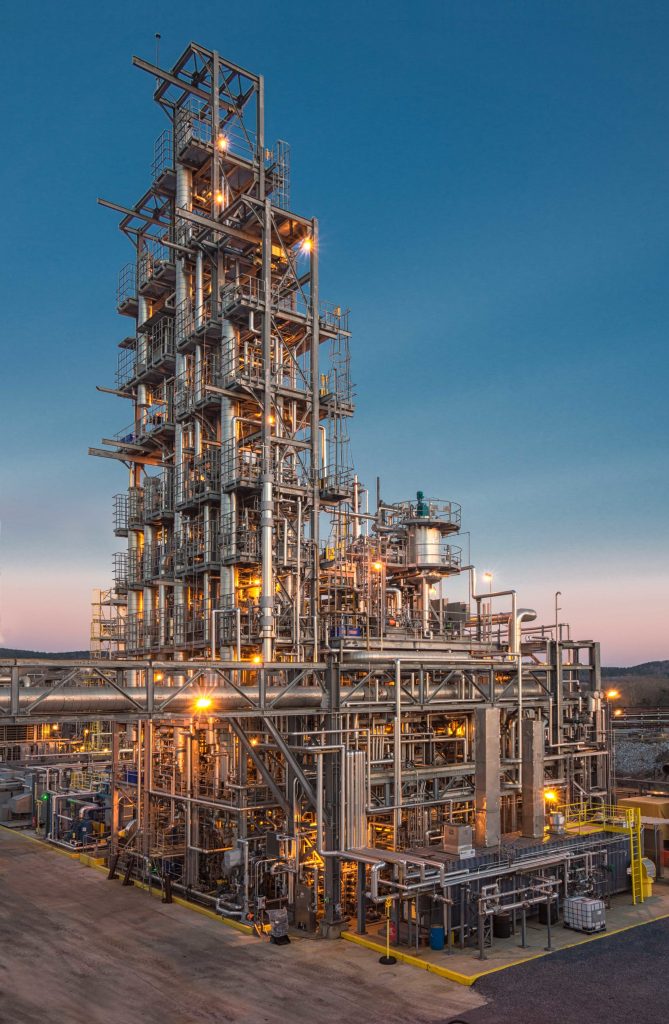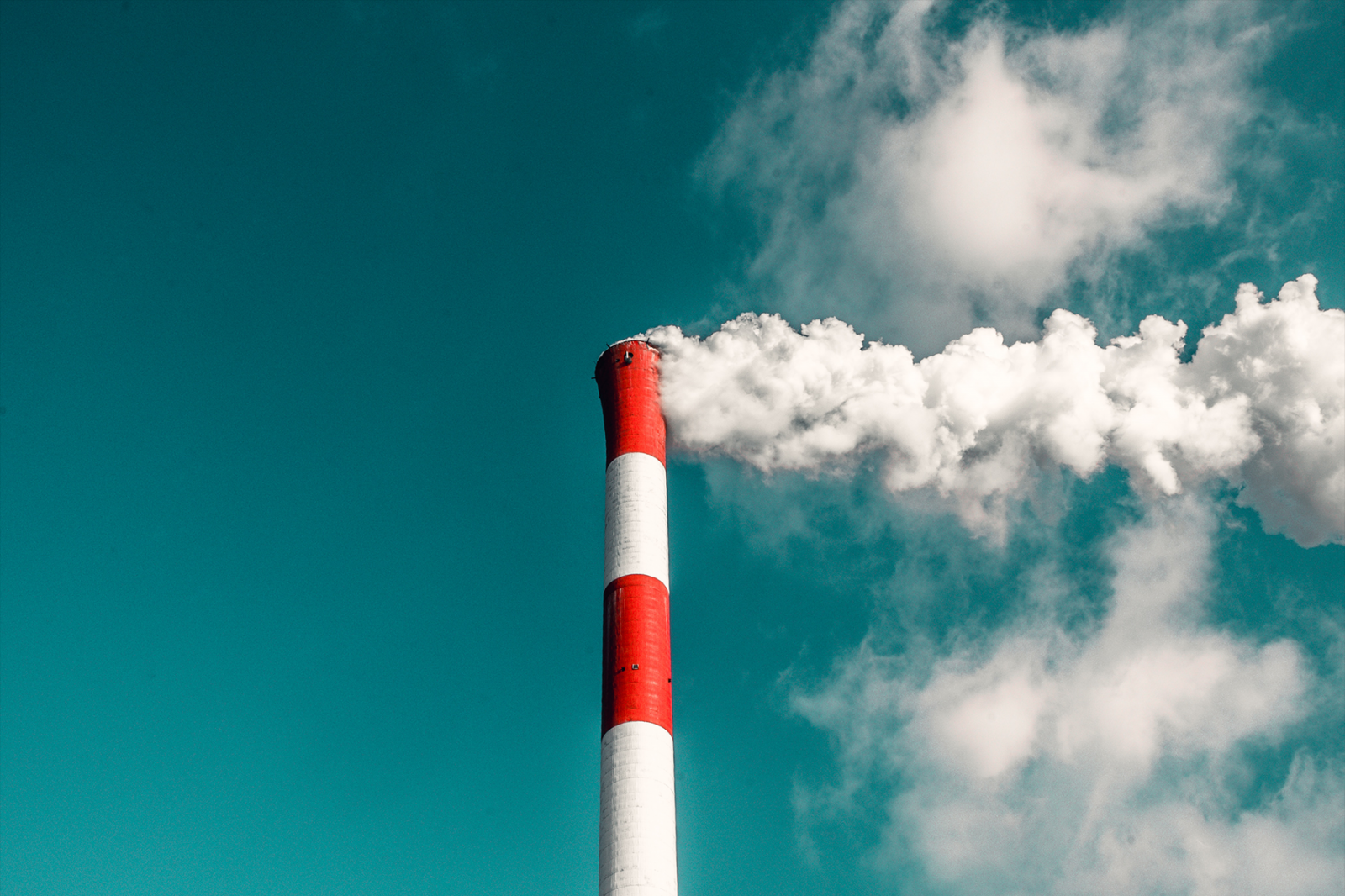

Instead, carbon capture can be effective in trapping emissions from industrial processes, like the making of cement or steel. "That's not a climate solution because it produces more oil," Rissman said. "It’s not such a new technology," Jeffrey Rissman, industry program director at Energy Innovation, an nonpartisan research organization, said by phone.įor decades, carbon capture has been used primarily in what is known as "enhanced oil recovery," a technique used to get more fossil energy out of the ground by injecting pressurized carbon dioxide beneath. Kevin Cramer and John Hoeven of North Dakota, are steady proponents of carbon capture also. Lawmakers from oil-rich states, like Republican Sens. ambassador to the United Nations during the Trump administration, has said she supports carbon capture research. Nikki Haley, a candidate for the 2024 Republican presidential nomination and the former U.S. Sewell, D-Ala., introduced bills in both chambers to provide tax credits for companies that reuse carbon that has been already trapped to make other products, like chemicals or building materials. Sheldon Whitehouse, D-R.I., and Bill Cassidy, R-La., and Reps. Bipartisan backingĬarbon capture also has backers on Capitol Hill.

"Nearly every climate model makes clear that we need carbon management technology - especially in hard-to-decarbonize sectors and heavy industries such as steel and cement production - to tackle the climate crisis," Granholm said in September. And the Council on Environmental Quality, a wing of the White House, issued new rules last year governing the use of carbon capture technology.Įnergy Secretary Jennifer Granholm has been a consistent proponent of carbon capture and storage technology during the Biden administration.
#Carbon capture technology plus
Separately, the climate, health and tax law of 2022 contained a series of carbon capture incentives, including $2 billion for carbon dioxide removal - a related but distinct offshoot of carbon capture technology - plus an extension of a federal tax credit known as 45Q until 2033, lengthening that deadline from 2025. The infrastructure law of 2021 provided $62 billion, laid out over five years, for a suite of emissions-reduction programs at DOE, including more than $10 billion for carbon capture and other methods to limit emissions from industry. is setting aside billions of dollars to spur a new wave of the technology that leading climate scientists say is necessary but remains costly, rare and unproven at scale. Now, more than a decade after it tried to germinate a domestic fleet of power plants and industrial facilities outfitted with carbon-trapping hardware, the U.S. That December 2021 report included a recommendation: "As DOE and Congress consider investing billions more in a new round of CCS demonstration projects, it is crucial that they take into account lessons learned from past projects in order to reduce risks to future projects' success and taxpayer funds." And the CCS coal facility that did come online closed down in 2020.Īll told, the department spent about $300 million more than planned on projects that were never built, according to a Government Accountability Office review. Two of the three industrial locations began operating. Seven of the eight projects were never built. The Energy Department invested $1.1 billion in 11 projects - eight coal facilities and three industrial sites - to show how the technology could trap and hold carbon dioxide emissions from existing plants. As part of its economic recovery plan, the Obama administration in 2009 tried to invigorate a nascent form of technology known as "carbon capture and storage," or CCS.


 0 kommentar(er)
0 kommentar(er)
